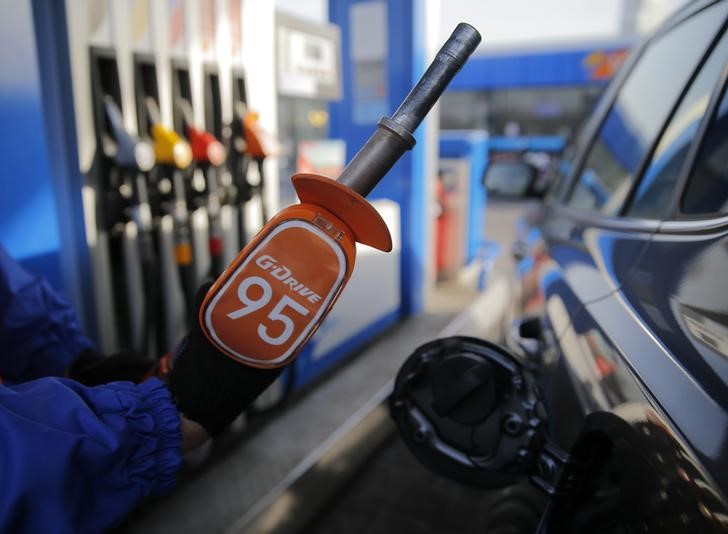By Henning Gloystein
SINGAPORE (Reuters) - Oil prices were stabile on Tuesday, with U.S. crude futures holding above $40 per barrel and Brent approaching $43 ahead of a meeting of major producers to discuss freezing output levels to rein in ballooning oversupply.
U.S. West Texas Intermediate (WTI) crude futures (CLc1) were trading at $40.45 per barrel at 0651 GMT, up 9 cents from their last settlement.
International Brent crude futures (LCOc1) were up 5 cents at $42.88 a barrel, only 18 cents off their 2016-high reached the previous day.
Major oil producers from the Middle East and Russia, but excluding the United States, plan to meet in Qatar's capital Doha next Sunday. They will discuss measures to rein in ballooning oversupply which sees as many as 2 million barrels of crude produced every day in excess of demand, leaving storage tanks around the world filled to the rims with unsold and unwanted fuel.
Most analysts expect producers to freeze output around current levels, which being beyond consumption and close to record levels would do little to address the glut.
Reflecting a widespread view that oil prices will stay low for some time, the Brent forward price curve has significantly flattened, with the timespread between front-month futures and those for delivery in December 2017 narrowing to just $4.70 a barrel currently from $8.70 in early March.
"The potential risk for prices is for the downside as freezing output at current levels would be more of a symbolic act rather than a real market intervention. But you need to be open to surprises in this market," said Ric Spooner, chief market analyst at CMC Markets in Sydney.
While Spooner said that a production freeze would do little to address the immediate glut, he added that keeping key Middle East and Russian output around current levels might start leading to a more balanced market, especially if demand stays strong.
Vehicle sales in China rose 8.8 percent in March from a year earlier to 2.4 million, the China Association of Automobile Manufacturers said on Tuesday, supporting strong gasoline demand in the country.
"There is demand growth, and production in the U.S. is falling, so if against that background there was a freeze, markets could get tighter at some stage," he said.

Analysts at Energy Aspects said there was "little doubt" that fundamentals would improve markedly from June because of maintenance in the North Sea and Russia as well as falling output in Brazil and also the United States.